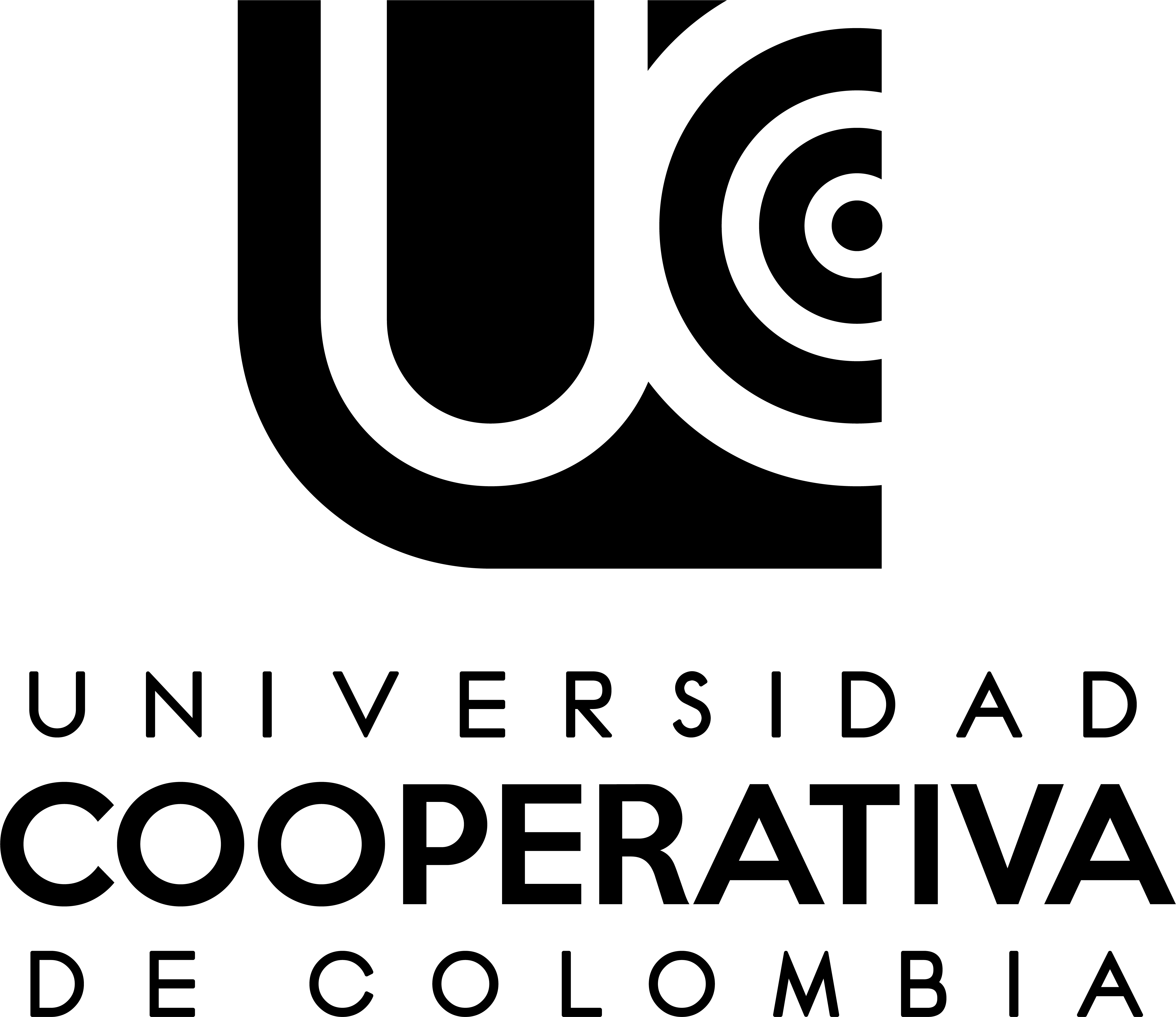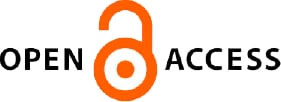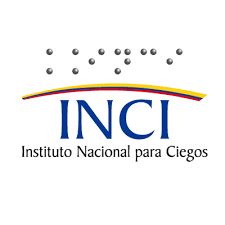Routing Protocols’ Behavior In Manet Networks (Mobile Ad Hoc Network)

Universidad Central "Marta Abreu" de las Villas
Ingeniero en Telecomunicaciones y Electronica. Aspirante a Magister en Telemática de la Universidad Central de las Villas (Cuba). Convenio Academico Universidad Cooperativa de Colombia, seccional Bogota, y Universidad Central “Marta Abreu” de las Villas (Cuba)
email: fouad@uclv.edu.co

Universidad Central "Marta Abreu" de las Villas
Ingeniero en Informatica. Aspirante a Magister de la Universidad Centra de las Villas (Cuba)
email: khaled@uclv.edu.co
The mobile Ad-Hoc networks or multiple jump networks are formed by radio links between nodes, without the need of central administration. In addition of working as final terminal, every node performs functions of bundles’ retransmission (routers) to extend communication up to destinations that are out of the coverage area. To achieve such goals, it requires a routing protocol that allows creating routes towards the destinations expected; these allow such network to be auto-configured and auto-organized eliminating the need of a predefined network infrastructure. Principally two types of protocols have been developed:
reactive and proactive. In this article we study through simulation of discreet events using the networks simulatorns-2,to evaluate the behavior of different routing protocols, relative to the throughput, delivery
and loss of bundles.
Abolhasan M., Wysocki, T. A. y Dutkiewicz, E. (2004, enero), “A review of routing protocols for mobile
ad hocnetworks. AdHoc Networks”, en Elsevier, vol. 2, núm. 1, pp. 1-22.
Alsaadi, M. (2006), Simulation Study for a Secure Routing. Protocol for Wireless Mobile Ad Hoc Network,
[tesis de maestría], Mayagües, University of Puerto Rico, Maestría en Ingeniería Computacional.
Azadm, S., Rahman, A. y Anwar, F. (2007), “A Performance of Proactive and Reactive Routing Protocols
of Mobile Ad-hoc Network (manet)”. J. Eng. Applied Science, vol. 2, núm. 5, pp. 891-896.
Bonastre, O. y Salvador, C. (2004), Introducción a la programación de protocolos de comunicaciones con Network Simulator 2, San Vicente, Editorial Club Universitario.
Chiu, C. (2006), Wireless Traceback in Dynamic Source Routing, [tesis de maestría], China, National
Chiao Tung University, Maestría en Ingeniería Computacional.
Fall, K. y Varadhan, K. (Sep. 2008), “Thens Manual”.
Frodigh, M. y Johansson, P. (2000), “Formación de redes inalámbricas ad hoc: el arte de la formación de redes sin red”, Ericsson Review, núm. 4, pp. 248-263.
Goitia, M.J. (2004), Protocolos de enrutamiento para la capa de red en arquitecturas de redes de datos, Argentina, Universidad Nacional de Nordeste, Departamento Informática.
Hernández, G. (2006), Evaluación de criterios de elección de pasarelas en MANET hibridas, Proyecto, Málaga, Universidad de Málaga, Escuela Técnica Superior de Ingeniería de Telecomunicación.
Kumar, A., Reddy, L. y Hiremath, P. (2008), “Performance Comparison of Wireless Mobile Ad-Hoc Network
Routing Protocols”, en IJCSNS International Journal of Computer Science and Network Security, vol. 8, núm.
, pp. 337-343.
Kurkowski, S., Camp, T. y Colagrosso, M. (2005), “manet Simulation Studies: The Current State and New
Simulation Tools”, Technical Report csm-mcs-05-02, Colorado, Department of Math and Computer Sciences, Colorado School of Mines, Golden.
Kurosawa, S. y Nakayama, H. (2007), “Detecting Blackhole Attack on aodv-based Mobile Ad Hoc
Networks by Dynamic Learning Method”, International Journal of Network Security, vol. 5, núm. 3,
pp. 338-346.
León, M. y Barrera, H. (2007), “Análisis del desempeño del protocolo de enrutamiento dsr bajo diferentes modelos de movilidad”, Épsilon, núm. 8, pp.111-123.
Ovando, M. (2008), Arquitectura de descubrimiento de servicios en manet basada en dispositivos de capacidades superiores liderando clusters [tesis doctoral], Murcia, Universidad de Murcia, Doctorado en Ingeniería de la Información y las Comunicaciones.
Pérez, M. (2006), Protocolos de encaminamiento en origen con identificadores no únicos para redes Ad-Hoc de dispositivos con recursos limitados [tesis doctoral], Madrid, Universidad Rey Juan Carlos, Doctorado en Ingeniería Telemática y Tecnología Electrónica.
Perkins C., Belding-Royer, E. y Das, S. (julio 2003), “Ad Hoc On-Demand Distance Vector (aodv) Routing”,
Internet Engineering Task Force (ietf).
Ramírez, J. (junio 2006), “Optimización de los parámetros del protocolo de encaminamiento aodv”, en
et side Telecomunicación, Málaga, Campus de Teatinos.
Solórzano, F. (2008), Análisis de sistemas de videoconferencia en tiempo real sobre redes inalámbricas móviles Ad Hoc 802.11, Proyecto, Quito, Escuela Politécnica Nacional, Facultad de Ingeniería Eléctrica y Electrónica.
Urra, D. (2006), Comparativa de implementación de protocolos reactivos de encaminamiento en redes AdHoc, Proyecto, Cataluña, Universidad Politécnica de Cataluña.
Wang, W. y Lu, Y. (2004), “On Vulnerability and Protection of Ad Hoc On-Demand Distance Vector
Protocol” [conferencia], 10th ieee International Conference on Telecommunication (ict).
Copyright (c) 2010 Ingeniaría Solidaria

This work is licensed under a Creative Commons Attribution-NonCommercial-NoDerivatives 4.0 International License.
Cession of rights and ethical commitment
As the author of the article, I declare that is an original unpublished work exclusively created by me, that it has not been submitted for simultaneous evaluation by another publication and that there is no impediment of any kind for concession of the rights provided for in this contract.
In this sense, I am committed to await the result of the evaluation by the journal Ingeniería Solidaría before considering its submission to another medium; in case the response by that publication is positive, additionally, I am committed to respond for any action involving claims, plagiarism or any other kind of claim that could be made by third parties.
At the same time, as the author or co-author, I declare that I am completely in agreement with the conditions presented in this work and that I cede all patrimonial rights, in other words, regarding reproduction, public communication, distribution, dissemination, transformation, making it available and all forms of exploitation of the work using any medium or procedure, during the term of the legal protection of the work and in every country in the world, to the Universidad Cooperativa de Colombia Press.









